How to get the long term results you want!
By Luc Mahler, Chiropractor
We know, we know, only our staff think rehab exercises are sexy and cool. But we also know that we hear it every week, people saying “I did the exercises and they worked, I feel great!” We also hear the opposite, “I didn’t do them” “life got busy this week” etc. Inevitably, this slows healing and delays our patients from getting back to doing what they love.
Here is what we know: recovering from an injury requires dedication, but sticking to a rehab plan can be challenging—especially when life gets busy. Whether you're training for your next 5 km, wanting to ride Zwift pain free or are going to race the Loppet, following your rehabilitation routine is essential for healing and preventing future issues. Here’s how you can ensure you stay on track.
1. Habit Stacking: Making Rehab Part of Your Routine
One of the easiest and best ways to make rehab exercises a non-negotiable part of your day is through habit stacking—attaching your exercises to an existing habit.
Pair exercises with daily tasks: If you always make coffee in the morning, do your set of stretches while waiting for it to brew. If you watch TV in the evening, incorporate your exercises into your routine during commercial breaks.
Use visual reminders: Keep resistance bands or foam rollers in visible places as cues to complete your exercises.
Anchor to an established habit: If brushing your teeth is already an ingrained habit, use it as a reminder to do your rehab set before or after.
2. How Much Time Can You Commit? Communication with Your Provider
Many people struggle with rehab because they feel overwhelmed by the time commitment. Instead of aiming for perfection, be realistic about what you can do and communicate with our team, we are flexible and adaptable.
Start small: Even 5-10 minutes a day is better than skipping entirely. Short, consistent efforts lead to long-term success.
Be honest with your provider: If a program feels too time-consuming or difficult, discuss modifications. Providers can adjust the plan to fit your lifestyle without compromising results.
Schedule rehab sessions: Just like important meetings, block off time in your calendar for exercises to make them a priority.
3. How Important is Your Goal?
The motivation behind your rehab is a strong driver of consistency. Ask yourself: Why am I doing this? What’s at stake if I don’t?
Define your ‘why’: Whether it’s being pain-free, returning to a sport, or keeping up with your kids, identifying your deeper motivation will help you stay committed. Our team are experts at understanding and focusing our plan on your deep why.
Weigh the consequences: If you skip rehab, will it prolong your pain or recovery? Understanding the risks of not doing the work can reinforce commitment. Ask yourself what you want your next 12 months to look like. Often it makes committing to the process much easier.
Adjust your mindset: Rather than seeing rehab as a chore, view it as an investment in your well-being.
Consistency is the key to successful injury healing. By making rehab part of your routine, being realistic about your time commitment, and staying connected to your end goal, you can stay on track and see lasting improvements. Small, daily actions will add up to big results over time. Prioritize your recovery—your future self will thank you!
